










 Camera Application – In-Vehicle Assistance
Camera Application – In-Vehicle Assistance
Popular Configuration:DMS-2-5MP Cameras; Streaming Media/CMS-1.3-2MP Cameras
The number of SerDes chips per vehicle; 5-8 pairs.
Trend: higher resolution and frame rate.

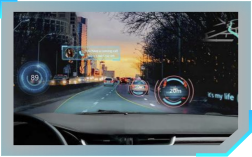
 Camera Application – Autonomous Driving
Camera Application – Autonomous Driving
Popular Configuration: Front view-2 8MP cameras; Rear view-1 2-8MP camera; Side view-4 cameras (2-8MP each);Surrounding View-4 cameras (2-8MP each)
SerDes Chip Quantity: 11 pairs per vehicle
Trend: higher resolution.
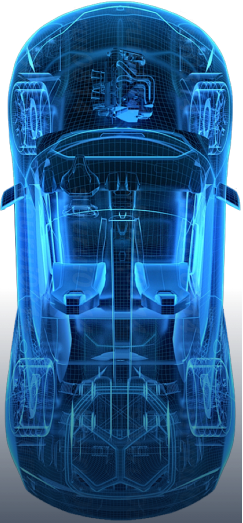

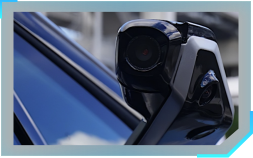
 Camera Application – Surrounding View
Camera Application – Surrounding View
Popular Configuration: Surrounding View-4 cameras with 1.3-3MP resolution.
SerDes Chip Quantity: 4 pairs per vehicle.
Trend: Image resolution upgrade to 5-8MP.

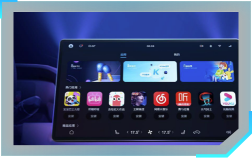
 Display Application – Intelligent Cockpit Display
Display Application – Intelligent Cockpit Display
Popular Configuration: Central Console- 2K-9K screen; Instrument Cluster - 720P to 2K; Through Screen - 6K-9K.
Trend: An increasing number of screens, such as co-pilot screens, rear entertainment screens, rear TV screens, HUD (Head-Up Display), and overhead screens; higher screen resolution and refresh rates.

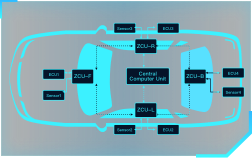
 Domain-Domain Transfer
Domain-Domain Transfer
